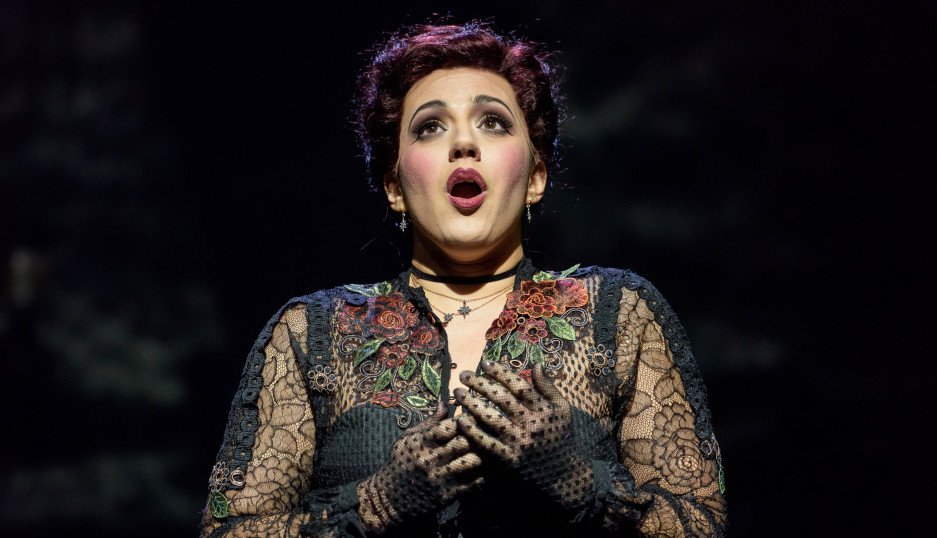
Thus, Carmen is the antithesis of the lawful José who is considered “much more sympathetic” (“veel sympathieker” DNO “Illusie”). She is not only a femme fatale, who “lure men to damnation” (Hutcheon and Hutcheon 210), but also a gypsy: “a threat to the family (in the bourgeois sense), the social system (because of her lax morals), the nation (since she owes allegiance to no one), and even sexuality itself” (Charnon-Deutsch 240).

However, much more than any formalist fabula, it is the character Carmen herself who has become a myth. Its skeleton in four acts: seduction, corruption, betrayal, death. This myth might be condensed as follows: Carmen, a gypsy, seduces Don José, a soldier, who deserts for her she leaves him he kills her. The opera’s cultural influence has far eclipsed its source text and “ Carmen may be the only story of operatic origin to have attained the status of myth” (Furman 168). Carmen is a story that has been told many times and has seen many adaptations and adaptations of adaptations: even the opera itself is an adaptation, of the 1845 novella by Prosper Mérimée of the same name. It is likely that the majority of the audience at the DNO in 2009 had an idea of what they were about to see even before they received the synopsis, and not just in the sense that they bought tickets. Although conceived in the context of books, I believe that operatic program booklets can very well be understood as texts provided by “the author and his allies” (“Introduction” 262) that “surround” and “extend” ( Paratexts 1) a work, to ensure “a better reception of the text, and a more pertinent reading” (262). In doing so, I will use Gérard Genette’s concept of paratexts.

This thesis argues that this synopsis, henceforth refered to as vdM, can tell us a lot about the way Carmen is read and is presented to an audience. As is customary, its audience was provided with a program booklet that included an approximately 700-word summary of the 2,5-hour show.

In 2009, the Dutch National Opera (DNO for short) staged one of the most frequently performed works in the operatic canon, George Bizet’s 1875 opéra-comique Carmen (libretto by Henri Meilhac and Ludovic Halévy).


 0 kommentar(er)
0 kommentar(er)
